By Amber and Rustina, Contributing Writers
Homeschooling a preschooler is really not necessary, but we know that some mamas get really excited to jump right in and start school.
The following tips are simple suggestions to start homeschooling your preschooler, but please keep in mind that formally teaching your kids at such an early age is not necessary. Read more about that in Please Stop Homeschooling Your Toddler.
These suggestions should be used without pressure or expectations. Play-based learning is the best thing we can do at this age, and there will be plenty of time for academics later. Even when doing play-based learning, pay attention to your child’s reaction and don’t push activities they’re not interested in yet.
Your child’s most significant need right now is your love and encouragement; your child will learn when they are ready. Whether homeschooling now or not, your connection with your child will last a lifetime.
Child Development and the Importance of Child-Led Learning
One of the many signs that your child is ready for learning more is their curiosity in matters like reading, math, or science experiments.(1) When your child starts to become interested in a subject, they will show more engagement, imagination, and ask questions about the topics.
Another sign of their readiness is their persistence and attentiveness for tasks and subjects. If your child is showing this effort and curiosity, then keep answering questions and letting them explore it in a hands-on way until they are satisfied. Play is important – in fact, it always will be to some extent! Even adults need to have play, or our more mature version we call hobbies, to stay ready for our work.
Kids start to gather information early on observing, asking questions, and learning to whom they should ask those questions. (2) Letting children work through uncertainty can even encourage scientific exploration. That is one of the reasons that it is important not to dictate so much of your child’s actions or activities. Let them get curious, problem solve, and invent a way around the problem!
According to this study (3), curiosity is associated with an increased success in reading and math achievement. Having that drive and motivation to learn new things can be a lifelong useful tool!
Even in this milestone chart according to research from Paediatrics Child Health (4), it puts letters, sounds, and writing from 5 years and up. Exploring their world, self, and reactions are the bigger focus of preschool age kids. Developing those through play and later as they reach ‘school’ age then developing academic skills through play.
Around 3 Years:
- Learning cooperative play
- Feels remorse and thinks of how to “make up” for actions/words
- Describes emotions and the situations
- Imaginary play
- Bedtime fears and nightmares
- He is not capable of lying; ‘inaccurate talk’ reflects his real perceptions
Around Four Years:
- Self Identity and Inquiry
- Shyness and recognizing shyness occurs
- Starts to display more control over anger and aggression
- Learning to resolve conflicts
Around Five Years:
- Self-confidence and self-control
- Communication and cooperation
- Curiosity and intellectual skills
- Start to understand conversations more – listening for others’ views and respond appropriately
- Letter sounds and names between now and 7 years of age
- Writing begins and is well-established by 9 years of age
Hands On Activities for your Preschooler
It’s so important that kids experience things for themselves. It might come with a mess or two, but your child will learn so much just by being able to have their hands in something and make messes!
The next time you’re in the kitchen, give your little one a mixing spoon and a bowl, then let him dig in and get to work! I’ve cleaned up more messes than I can count, but our kids have also had a lot of fun and learned as they played!
Here are some fun hands on activities for your kids to play around with:
- Playdough Play
- Play mats: print maps, fun scenes from their favorite cartoons, magazine pictures, or easy-to-wipe books
- Toys/Tools: spoons, forks, pie edge roller, rolling pin, cups, bubble wrap, cookie cutters, bottle lids, anything with a fun texture or edge
- This is great for visual and tactile sensory play – and depending on the ingredients used in the playdough – olfactory as well
- A simple recipe:
- 1 cup flour
- 1/2 cup salt
- 2 teaspoons cream of tartar
- 1 tablespoon olive oil, coconut oil, or avocado oil
- 1 cup of warm water
- For color steep the water with herbs first like turmeric for orangish/yellow, chlorella for green, beets for red, etc
- Bean Tub
- An assortment of beans – there are so many sizes and colors
- Kids can sort them, just roll them around their fingers, count them, anything
- Include little construction trucks for hauling around the beans or other age appropriate items for an “I Spy” adventure
- “Bury” hands, feet, or more under the beans if the tub is larger
- Use a playmat to have your little one create a story or sort on
- Use kitchen utensils to let them create a recipe and play
- This is great for visual and tactile sensory play
- Small animal, doll, or car sets for play anywhere, even on the go.
- Have your child give them names, stories, or offer story ideas.
- Print forest scenes or use maps for added story props.
- Have a little cardboard box that they can keep them in.
- The box can be colored how they want or little cardboard furniture can be made.
- Yogurt Painting
- Brushes, powdered herbs in little bowls or color dyes, plain yogurt, and a table space or bathtub wall to “paint.”
- This is great for visual, olfactory, taste, and tactile sensory play
- Puzzle Box
- Keep puzzle pieces separated by baggies with a picture of their completed form in a tub.
- As they get “bored” with the smaller puzzles, start mixing a couple (smaller) puzzles together to have them problem solve and sort. It builds confidence by letting them recognize the problem and find the solution.
- Puzzles are great critical thinking skills activities. Read more about why puzzles are so important for kids learning here.
- Craft Cabinet
- Kids love crafts, and what better way to gently teach so many different skills than to create something fun together?
- Keep some supplies in a space they can reach when they feel a creative spark – child-led creativity will last longer than a forced activity they learn to despise.
- Good supplies to keep on hand:
- Crayons
- Markers
- Construction paper
- Scissors
- Fuzzy pom-poms
- Glue
- Colorful pipe cleaners
- Crafting sticks
- Check out this excellent list of DIY craft ideas you can do with your little one!
- Mixing Mischief
- This is where that fun spoon and bowl come into play! Start letting them “mix” foods or have fun making their own creations.
- My kids loved having herbs and spices to mix with water calling it their “potions.”
- If you don’t want to be wasteful with resources, use herbs that will make good tea to drink or water the plants.
- Try this fun Homemade Elephant Toothpaste Experiment
- Vinegar and Baking soda eruptions are always fun too!
- If they are really, really interested in this, try having them help you make some medicines that they can benefit from like this Cough Away Tincture or How to Make your Own Elderberry Syrup. Learning to cook foods and make your own medicines are great lifelong skills to encourage!
The nice thing about these activities with your child is that they don’t feel like you’re teaching so your child can relax and just learn.
Here are 10 more ways you can start their education when you and your little one are ready!
1. Create a Learning Environment for your Child
Creating a learning environment can be one of the most exciting and useful things you could do for your child. Setting the scene for early learning is in both the attitude and the physical objects available to your child for exploring.
Avoid keeping everything off limits. Let your child explore and use all of their five senses. Teach your child that it’s rewarding to be inquisitive.
It is great to engage with your children, but also remember the importance of independent play, too!
Don’t stress too much about having a “space for learning” because that can sometimes lead to an internal separation of learning and living. Ideally, the two just go hand in hand!
Keep books, wooden blocks, sensory toys like mentioned above, and educational toys on hand, but you really don’t have to spend a lot on toys – check garage sales and thrift stores. Most toys people run out and buy, do not get used hardly. We have tons of toys we have not really played with and donated back.
2. Let Your Child to Be a Problem Solver
One of the best ways your little one can learn is by not doing everything for your child. Avoid stepping in when you see your child trying to figure something out. Instead, guide him into figuring out the solution for himself.
Offer assistance, as necessary. It can be as simple as doing a puzzle together or helping your child figure out how to build a tower out of blocks. Let your child direct you — tell you how to help and what to do. Then you’re assisting and they’re in charge. Even “teaching” you, which makes many kids feel more confident!
Let them develop their problem solving skills without stressing about following a certain set of rules. Using their creativity in tasks helps them to build confidence and more skills.
3. Read Books Together
Read, read, read! You can’t read to your child too much. Helping your child explore the world through books will help him develop a readiness to learn. I am a firm believer in books being one of the best foundations you can lay for early education.
When you’re reading to your child, not only can you teach him logic and the ability to follow a story, but you can also teach him basics like how to hold a book and that reading is done from right to left.
Ask questions about the story as you read through the book. Then, when you’re finished, ask your child to “read” or tell the story to you. You’ll be amazed at how much they can reiterate back to you.
With a gentle approach, it’s not too early to start teaching your little one how to recognize sight words. Be very careful not to expect too much.
Take cues from your child to determine their interest in reading. Don’t make it stressful – try pointing out the shape of the word and the beginning letter. Help your child experiment with the sounds of the letters.
Have fun with it! Just remember that you don’t want to force these activities on your child. The idea is to grow their love of learning, not make them – or you – feel stressed about learning!
4. Work on Gross Motor and Fine Motor Skills
It’s also essential to work on motor skills. Simple activities like hopping on one foot, or kicking a ball, are both educational and fun. You can do a lot of teaching simply by playing games that involve gross motor skills. Most activities will include growing gross motor skills to some degree.
My little kids love sorting out dried beans and noodles into a muffin tin in our house. It makes a great quiet time activity when I need to work on something like getting dinner ready. Sorting small objects will help your child develop his fine motor skills.
5. Don’t Worry About Specific Academic Activities
It’s not a bad thing to teach specific academic activities. But do it without pressure on your child and not just because you feel pressured to be part of the “pony show” that adults love to force on children. Keep expectations in check and realize that anything your child learns right now is a bonus.
“No expectations, no disappointments,” as my creative writing mentor would always say! At this age, fostering that love of learning is more important than what letters they know or how high they can count! Don’t be afraid to tell other people that your child’s education is not about performing for their entertainment – it is about creating a desire to learn more so they will keep on learning more without giving up their own creativity.
6. Practice the ABCs
Teach your child the ABCs through song. It’s amusing, and no pressure at all. Sing when you’re together, and you’ll be amazed at how much your little one picks up on without being forced to memorize “boring old facts.”
If (or when) the ABC Song isn’t fun to your young one, look for fun alphabet songs, like this one. If that one does not interest your little one, there are hundreds of other ones shared as well! Explore together and find something they enjoy or make our own!
7. Play Outside
Learning about the small world around them can prepare them for someday learning about the big world too.
Gather items for crafts — collages, leaf painting, a buckeye necklace, scrapbook, or anything else your child may want to do!
Talk about the plants, bugs, trees, dirt, and safe places to play around your home.
Check out our Guides and Curriculum for ideas about herbs around you, wildcrafting, simple activities, and more.
8. Work on Language Skills
Great ways to teach language skills are through songs, reading books, or just talking to your little one using adult-like conversation (not baby talk). Spend time talking to your child, and they will learn to hone those language skills so much better.
Please don’t feel like it’s necessary to correct everything your child says, but be sure to speak clearly to your little one and help them articulate what they want to say.
I have 4 boys that developed language skills at such different paces. Two of them were little chatterboxes before they were 2 years old with pretty big vocabularies. My other two were quiet little observers until 2 and a half. If your little one struggles a little bit with speech sounds, consider if ties may be an issue and support speech with fun activities like in this video.
9. Make Sure to Get Your Child Plenty of Physical Activity
Most learning comes through play, so it’s important that your child gets enough exercise. Exercise will help your child develop accordingly, and also benefit their health and sleep long term.
Movement is a fundamental need for children and adults. Climbing, running, jumping, and crawling around are second nature to children so encourage it regularly!
Proprioception activity is used to engage the muscles and joints as well as the conscious awareness of the body.(5) It helps create control, motion sense, reflexes, and more. It can help calm a child and help increase sensory reaction. Some examples of good activities are:
- Crawling
- Push-ups
- Pushing/pulling
- Carrying “heavier” items
- Running
- Jumping
- Chewing
- Blowing Bubbles
- Squeezing
- Climbing
10. Give Your Child Lots of Affirmation
Be sure to praise your child often. Kids need love and affirmation, and when your little one knows you care, they will learn much more effortlessly.
It’s simple enough to hug your child, tell them that you love them, and that they’re doing a great job. Don’t neglect this step!
You will give them the self-confidence they need to believe they can learn anything!
How do you encourage play with your preschooler?

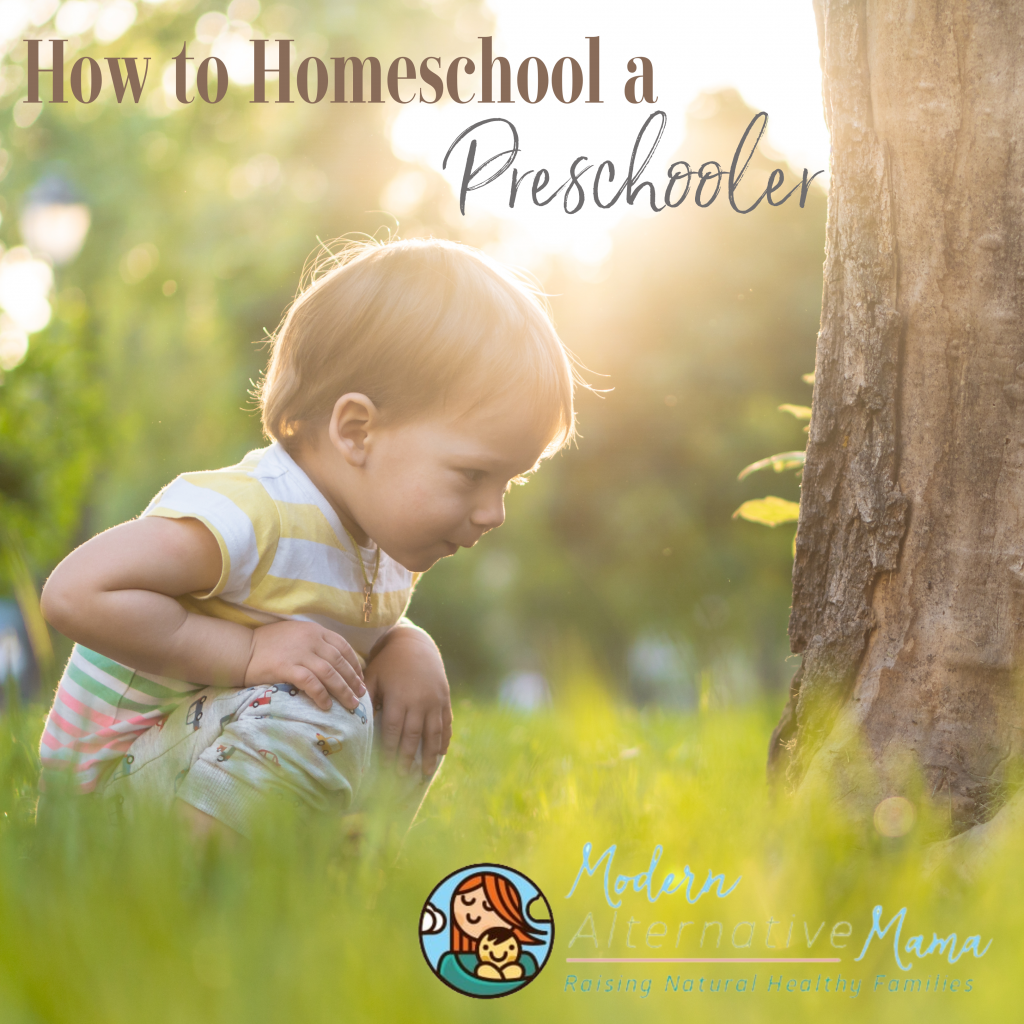

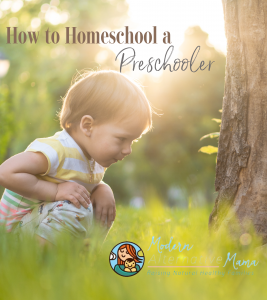

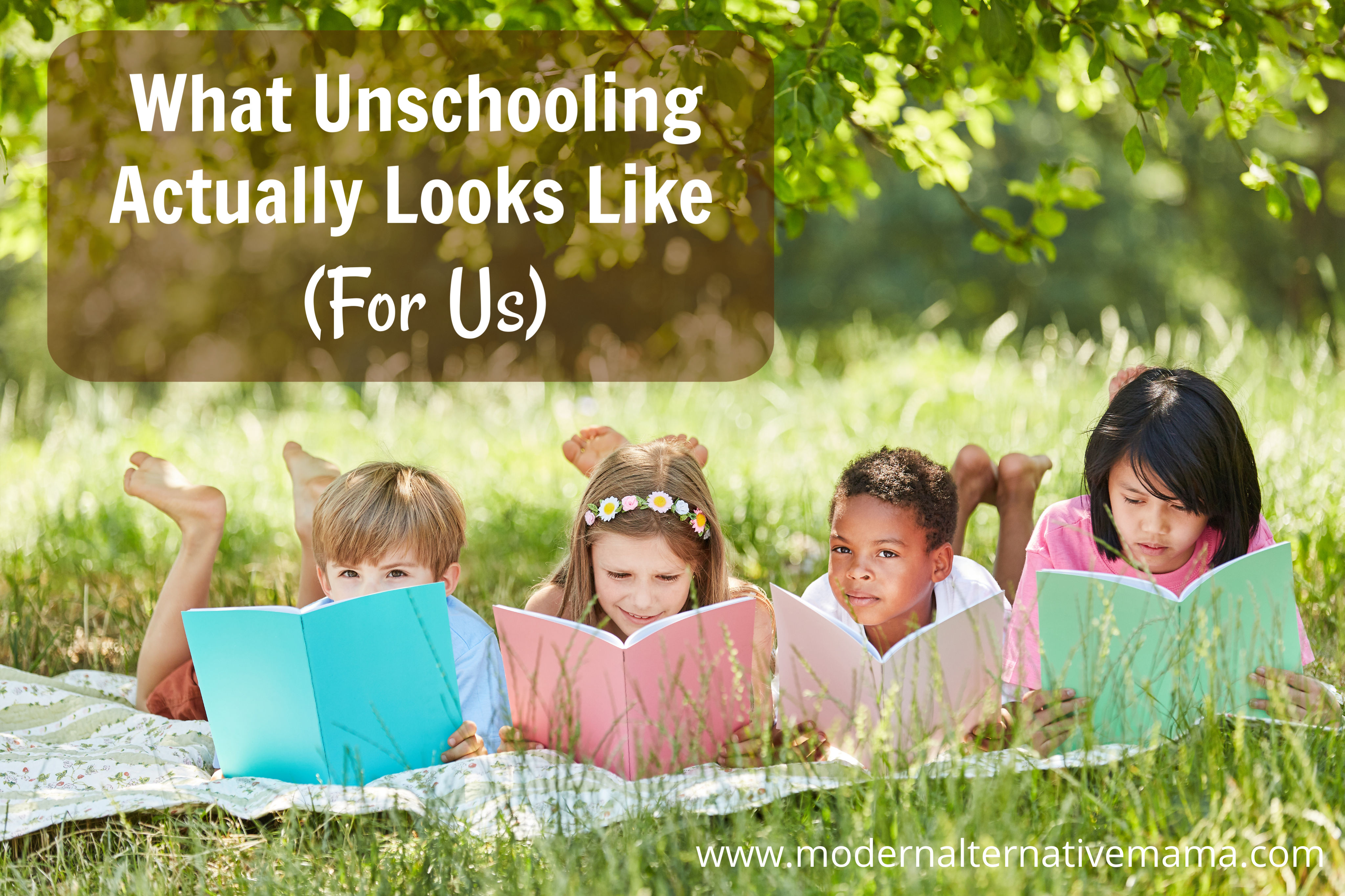

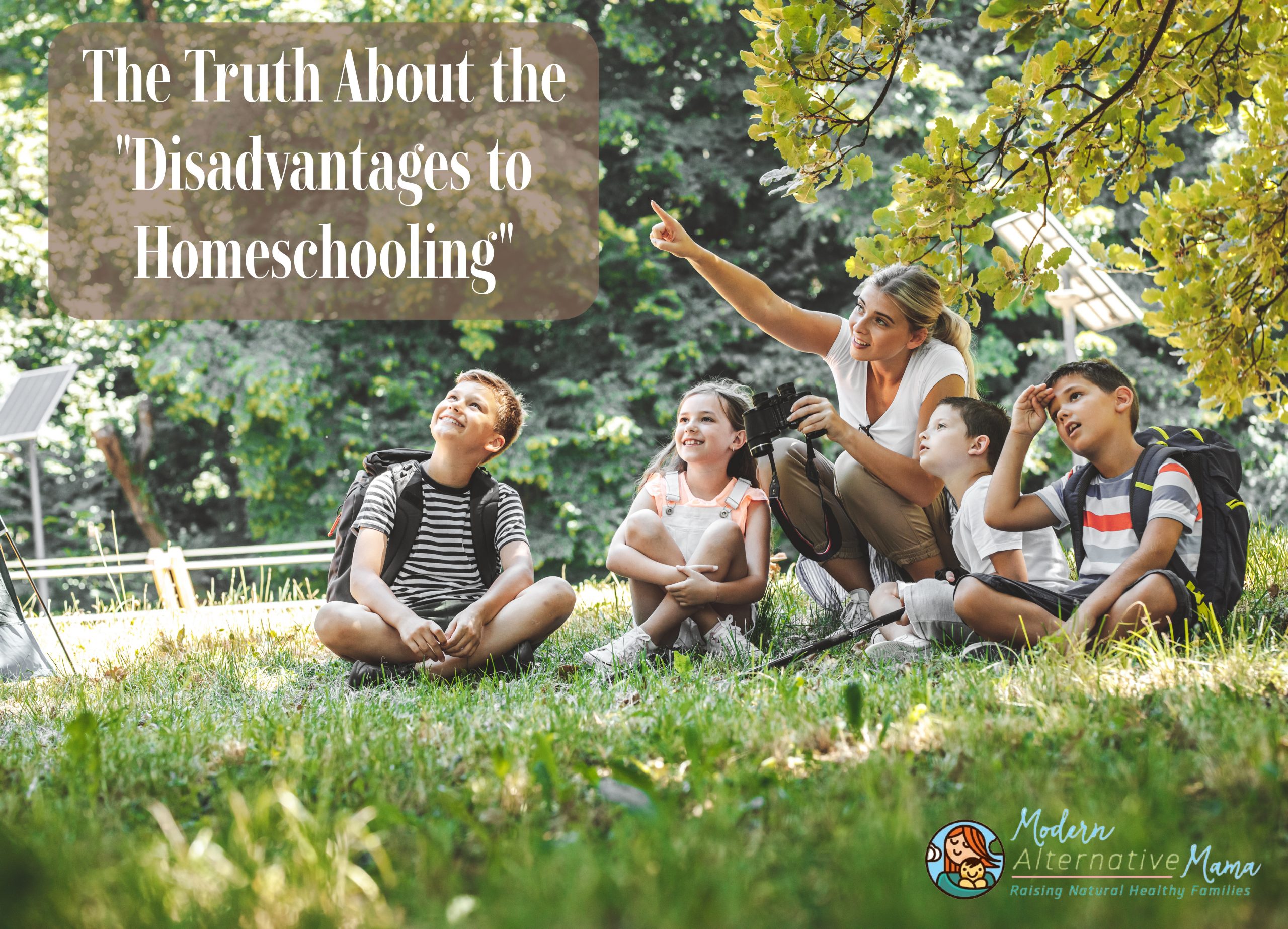
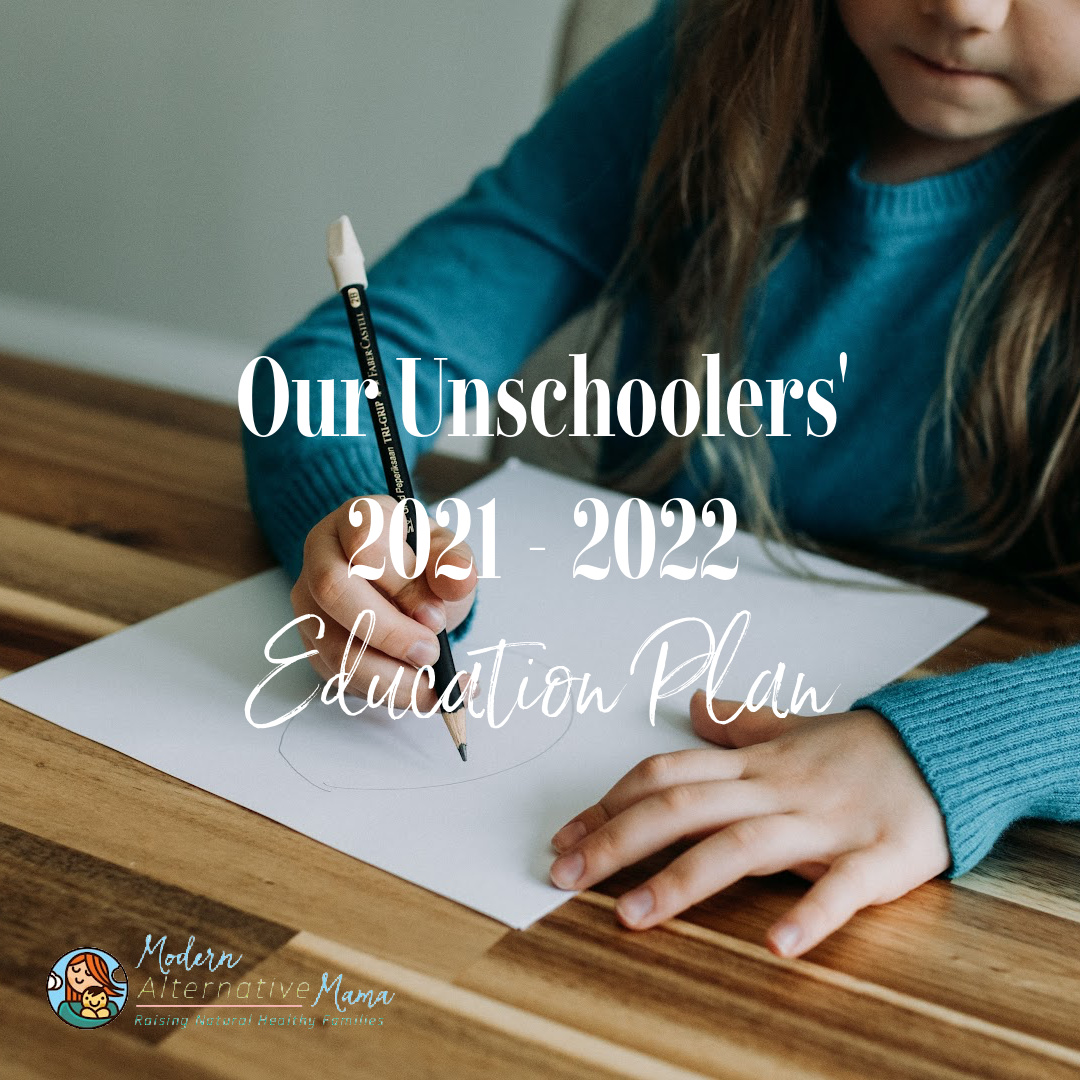

Yes!! Since becoming a mom, I’ve had similar beliefs/approach. And so grateful we found a beautiful homeschooling approach that staunchly supports WAITING on academics – Charlotte Mason/Ambleside Online.